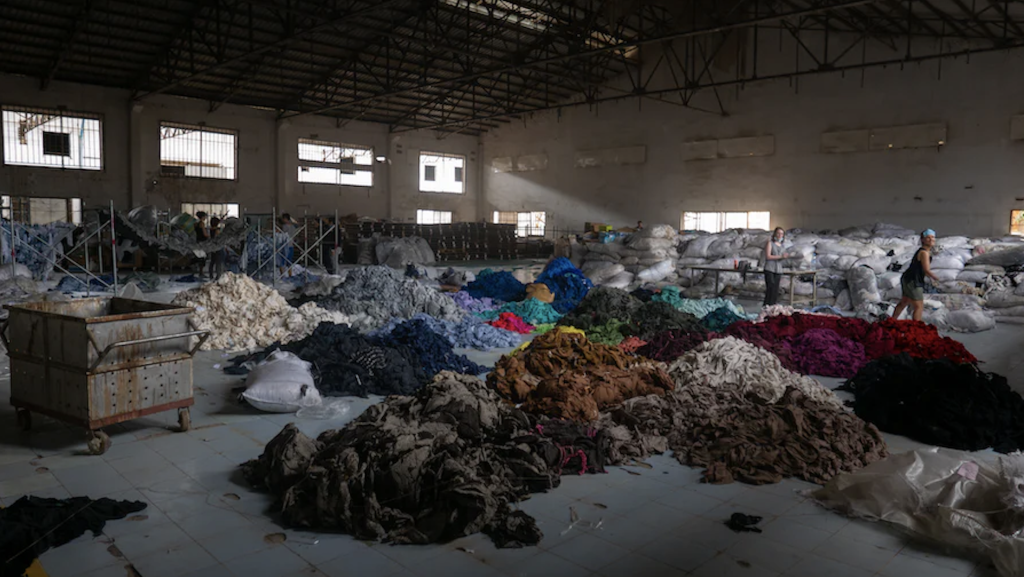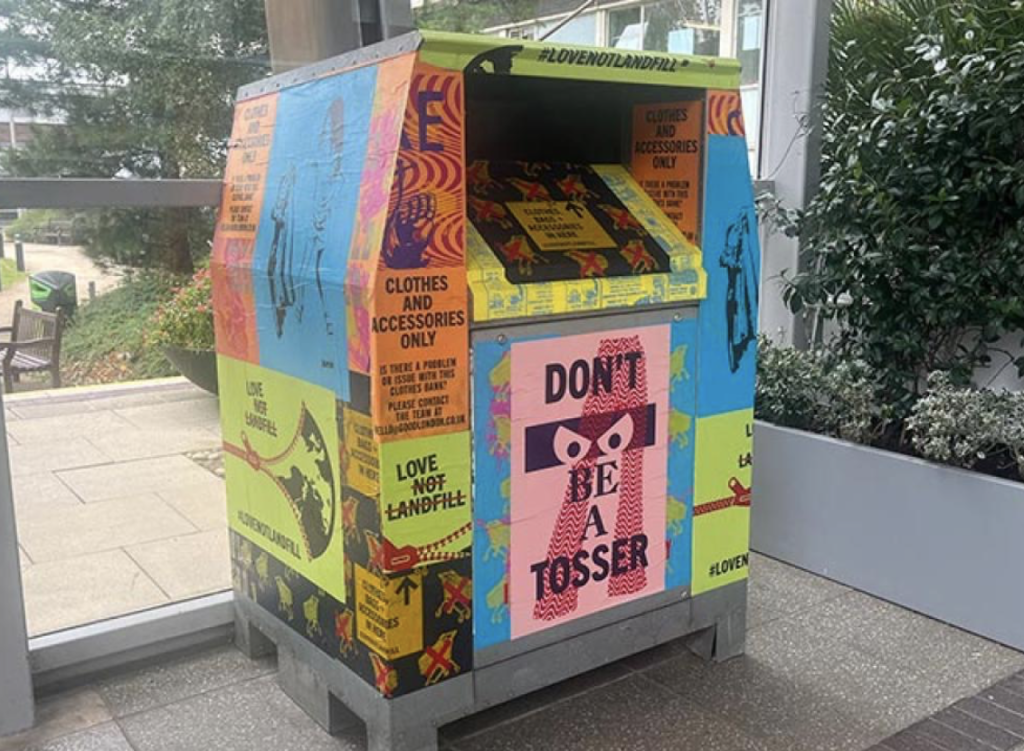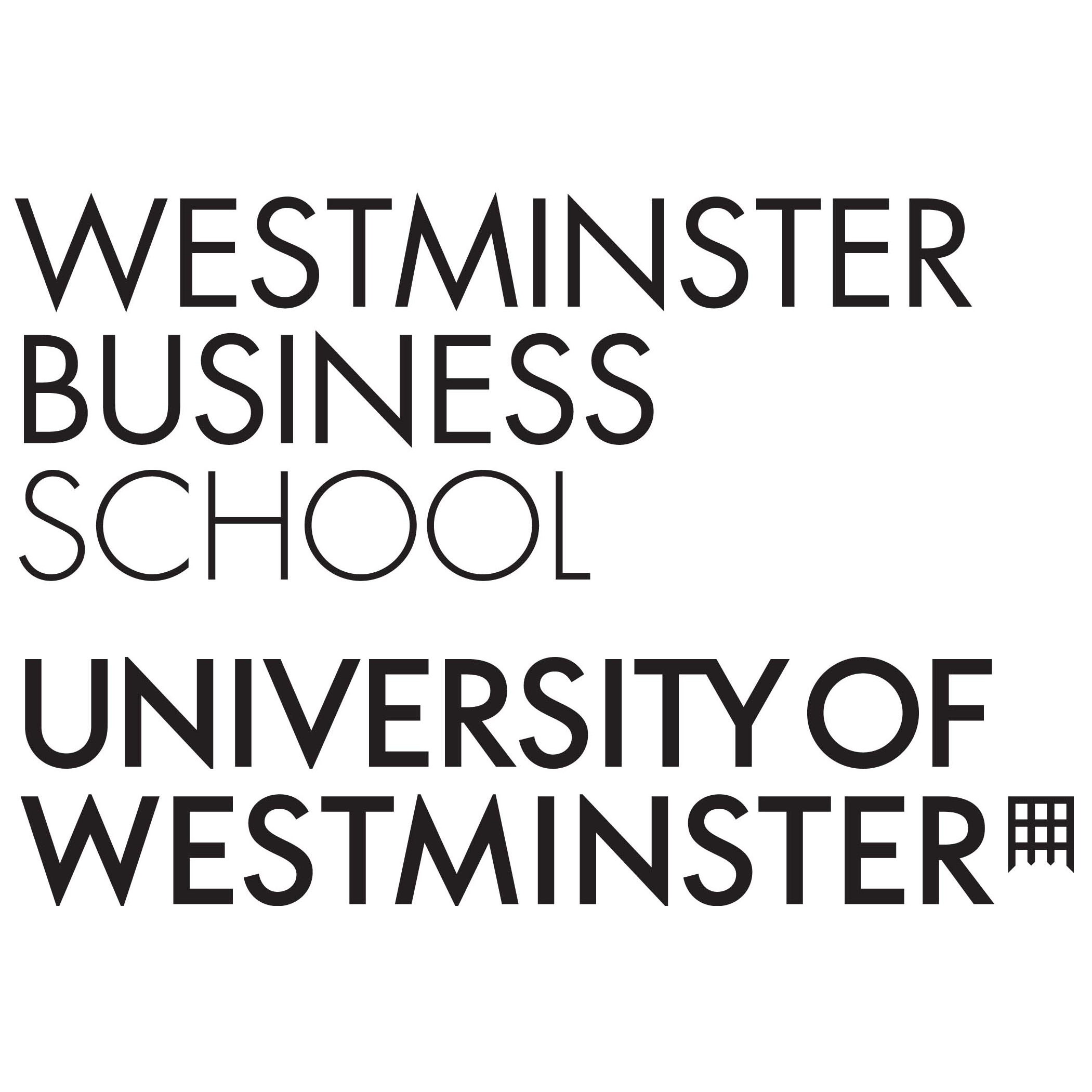Fashion’s Pollution Problem – Can Style and Sustainability Coexist?”
Lately, I’ve been thinking about the not-so-chic side – the environmental impact. In the glitzy world of fashion, the spotlight isn’t only on chic styles. There’s a growing concern about the industry’s less-than-glamorous impact on the environment. Fashion production, a driving force behind trends, contributes 10% to global carbon emissions, depleting water sources and polluting waterways. Shockingly, 85% of all textiles end up in landfills each year (UNECE, 2018). Even your laundry routine isn’t innocent – washing certain clothes releases a hefty amount of microplastics into the ocean. It’s time to rethink fashion’s impact and strive for a trendier, eco-friendly future.
In the world of ‘fast fashion,’ things happen in a flash. Unlike the old days when new clothes came out four times a year, now it’s every week! Big fashion brands are making almost double the clothes they did in 2000. Most of this speedy sewing is happening in places like China, Turkey, Vietnam, and Bangladesh. Can you believe it provides jobs for a whopping 300 million people worldwide? It’s like a super-fast fashion race, but it makes us wonder about the effects on people and the planet (Nature, 2022).

Downloaded from Freepik (www.freepik.com)
London, a global fashion powerhouse, where fashion isn’t just clothing; it’s an identity. As I navigate the hustle of these iconic streets, witnessing the myriad of fashion statements, there’s a reality check we can’t ignore. Did you know that in our pursuit of style, we outshine every European country in buying clothes per person? It’s a record we hold, but it’s not without consequences. Approximately 300,000 tonnes of used clothes find their final resting place in landfills or flames each year.
In the midst of London’s vibrant streets, where the city pulses with diversity, I cherish the unique styles that define us. However, it’s time for a crucial recognition – our fashion choices come with an environmental toll. As we perceive London as a city of trends and cultural intersections, let’s also acknowledge our impact. Fashion is our language, and it’s time to speak sustainability (bkinda, n.d.).
The association between influencers and celebrity culture has been tied to excessive consumption and from my own experience, I’ve observed that celebrities on Instagram feed are constantly promoting new clothing lines and frequently changing their styles. This incessant promotion and style evolution can contribute to a culture of overconsumption and may impact our perceptions of satisfaction with our own lives (friendsoftheearth.uk, 2022).
The way fashion affects the environment and communities is making us reconsider fast fashion. Let’s shift to more sustainable business practices! Dive into the resources below for a closer look at the environmental side of fashion and how we can make positive changes.

Green solutions may change the game
Benefits of circularity in Fashion (YUMA LABS case study)
In Circular Economy – an eco-friendly game-changer rooted in Indigenous principles, unlike the traditional “take-make-dispose” routine, this model minimises waste and maximises resources. In a Circular Economy, the focus is on prolonging resource life, emphasising durability, easy recycling, and closed-loop systems. Three key principles guide this approach: designing for longevity and reusability, ensuring wise resource use and regeneration, and creating closed-loop systems that reduce the need for new extraction. This model, grounded in sustainability, could be applied across various businesses, revolutionising how we approach resource management and environmental impact (The Sustainable Fashion Forum, 2023).
In this case study we will introduce a Closed Loop model by Belgian eyewear brand YUMA LABS. Traditional manufacturing processes often rely on non-renewable resources, generate significant waste, and have a high carbon footprint. Circular eyewear refers to the concept of designing and manufacturing eyewear products in a way that eliminates waste and minimises environmental impact. Yuma Labs has a well-established supply chain network that ensures the availability of sustainable materials for eyewear production.

Additionally, we also explore innovative options such as biodegradable materials and 3D printing technologies, which minimise waste during the manufacturing process.
Explore the world of sustainable innovation with Yuma Labs, where circular economy principles take centre stage through our inventive system, “Close Your Loop.”
Ever wondered about the untold stories behind your sunglasses? Yuma Labs unveils the mystery by allowing you to input the product code found on the inside of your shades. This not only unravels the origins and production details but also tracks the carbon footprint, providing a touch of transparency to your eyewear. As your sunglasses near the end of their stylish journey, don’t bid them farewell just yet. Send them back to us for recycling, and as a gesture of gratitude, receive a generous discount code for your next Yuma Labs purchase.
But there’s an additional option. If you choose to part with sunglasses still in good condition, let them find a new home elsewhere. Your reward? An enticing discount on your upcoming Yuma Labs purchase.
It’s beyond eyewear; it’s a sustainable initiative. Yuma Labs encourages the adoption of “Close Your Loop,” making eco-conscious choices effortlessly stylish.
This model is great to encourage customers to close the loop and think more sustainable in their buying decisions and could be definitely implemented by other businesses trying to make a change.
Initiatives at Westminster: “Harrow Campus Gets a Stylish Green Makeover: University of Westminster Debuts the ‘Chic & Eco-Savvy Hub’!”
Just like YUMA LABS, In 2023, the University of Westminster dipped into circular economy and underwent a chic transformation, converting a space into a haven for eco-fashionistas. This isn’t your average room; it’s a collaborative hub where students and colleagues join forces to champion sustainable fashion. And let’s not forget, students oversee a significant clothing recycling bank.
Picture this: Westminster students aren’t just participants; they’re trendsetters. They organise events, design displays, dive into merchandising, and even launch their mini fashion ventures. It’s a perfect blend of style and eco-consciousness.
A huge shout out to the trailblazers—Paolo Barbaran, Julia Jasinka, Maria Barini, and Xiaowei Xia—all from the Fashion Business Management with Professional Experience BA Honours course. Alongside the fantastic crew at Love not Landfill in London, they’ve curated this sustainability sanctuary.
But here’s the exciting twist: Westminster isn’t just following the trends; they’re setting them. They’ve crafted a space for eco-fashion enthusiasts. And guess what? They’ve also established a cool recycling space for those clothes we don’t wear anymore. It’s a win-win for fashion and the planet! (www.westminster.ac.uk, 2023).

References:
bkinda. (n.d.). Our Story. [online] Available at: https://www.bkinda.co.uk/our-story/#:~:text=In%20fact%2C%20in%20the%20UK [Accessed 4 Jan. 2024].
freepik (2023). Freepik | Graphic Resources for everyone. [online] Freepik. Available at: https://www.freepik.com.
friendsoftheearth.uk. (2022). Is your favourite celebrity to blame for the climate crisis? | Friends of the Earth. [online] Available at: https://friendsoftheearth.uk/sustainable-living/your-favourite-celebrity-blame-climate-crisis#:~:text=Influencers%20and%20celebrity%20culture%20have [Accessed 4 Jan. 2024].
Nature (2022). How fast fashion can cut its staggering environmental impact. Nature, [online] 609(609). doi:https://doi.org/10.1038/d41586-022-02914-2.
The Sustainable Fashion Forum (2023). What is Circular Fashion? [online] The Sustainable Fashion Forum. Available at: https://www.thesustainablefashionforum.com/pages/what-is-circular-fashion.
UNECE (2018). Fashion and the SDGs: what role for the UN? The fashion industry in numbers. [online] UNECE. Available at: https://unece.org/fileadmin/DAM/RCM_Website/RFSD_2018_Side_event_sustainable_fashion.pdf.
www.westminster.ac.uk. (2023). Student-led sustainable fashion hub opens on Harrow Campus | University of Westminster. [online] Available at: https://www.westminster.ac.uk/news/student-led-sustainable-fashion-hub-opens-on-harrow-campus [Accessed 4 Jan. 2024].
www.youtube.com. (n.d.). Wasted: Fast fashion is fueling our ecological crisis #beatpollution. [online] Available at: https://youtu.be/0v7f0KeNpv8 [Accessed 10 Feb. 2023].
